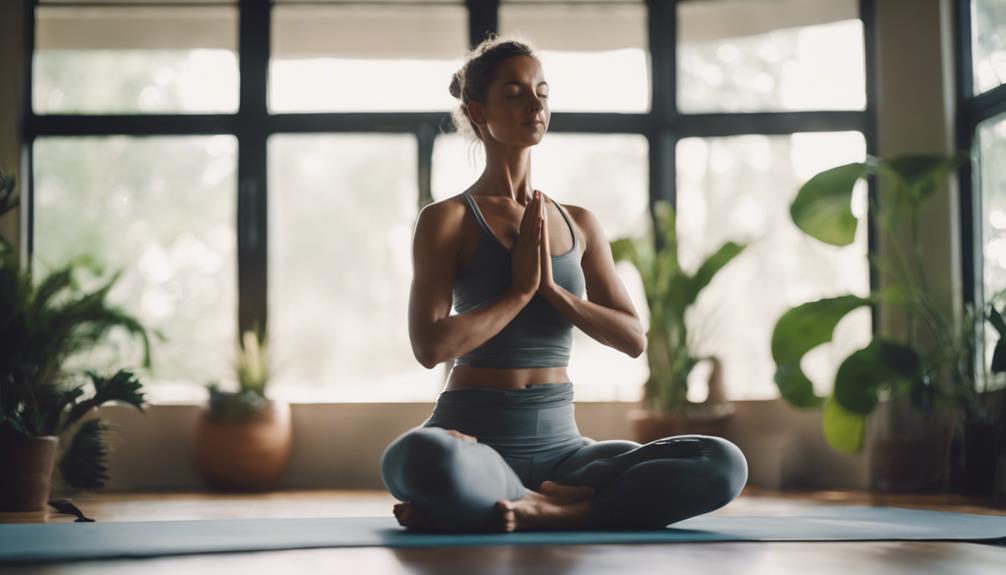How To Do Yoga For Beginners

Yoga is an ancient practice that combines physical postures, breathing techniques, and meditation to promote overall well-being. If you’re new to this world, knowing how to do yoga for beginners is crucial for building a strong foundation. In this guide, we will cover everything you need to get started on your yoga journey, from understanding its benefits to learning basic poses and tips to make your practice enjoyable.
Understanding the Benefits of Yoga
Before diving into how to do yoga for beginners, it’s essential to understand the myriad benefits this practice offers. Yoga enhances flexibility, strength, and balance, making it an excellent choice for individuals of all ages. Regular practice can reduce stress and anxiety, improve concentration, and promote emotional well-being. Additionally, yoga can help alleviate physical ailments such as back pain, headaches, and digestive issues. By understanding these benefits, you will be more motivated to incorporate yoga into your daily routine.
Choosing the Right Yoga Style for Beginners
With various yoga styles available, selecting the one that suits you best is vital for your practice. For beginners, styles like Hatha, Vinyasa, and Yin Yoga are recommended. Hatha is a gentle introduction, focusing on basic postures and breathing techniques. Vinyasa offers a dynamic flow of poses, making it slightly more challenging but still accessible. Yin Yoga, on the other hand, involves holding postures for longer periods, promoting deep stretching and relaxation. Research different styles to find the one that resonates with you and aligns with your fitness level.
Creating a Comfortable Yoga Space
To effectively practice yoga, creating a comfortable and inviting space is essential. Choose a quiet area in your home with enough space for your yoga mat. Consider adding calming elements such as soft lighting, essential oils, or soothing music to help create a peaceful atmosphere. Ensure the temperature is comfortable, as a warm, cozy space can enhance your practice. Having all your necessary props, like a yoga mat, blocks, and straps, nearby will allow you to focus on your practice without distractions.
Related Posts:
Essential Yoga Gear and Props for Beginners
Investing in the right yoga gear is important for beginners. A high-quality yoga mat is essential, providing the necessary grip and cushioning for your joints. Look for a mat that is thick enough to support your body but not too heavy to carry around. Depending on your chosen style, you may also want to use props like yoga blocks, straps, and bolsters. These tools can help you achieve proper alignment and make challenging poses more accessible. Wearing comfortable, breathable clothing will also enhance your practice by allowing you to move freely.
Fundamental Yoga Poses for Beginners
Understanding the fundamental yoga poses is crucial for beginners. Start with foundational poses like Mountain Pose (Tadasana), Downward Facing Dog (Adho Mukha Svanasana), Child’s Pose (Balasana), and Warrior I (Virabhadrasana I). These poses build strength and flexibility while promoting body awareness. As you progress, you can incorporate more challenging poses. Remember to listen to your body and avoid pushing yourself into discomfort. Practicing regularly will help you build confidence and improve your abilities over time.
Incorporating Breathing Techniques into Your Practice
Breath control, or Pranayama, is an integral part of yoga that enhances your experience. Learning how to breathe properly during your practice can help you stay focused and calm. Begin with simple techniques like diaphragmatic breathing, where you inhale deeply through your nose, allowing your belly to rise, and exhale slowly through your mouth. As you progress, you can explore additional techniques like Ujjayi breath, which involves constricting the back of your throat to create a soft sound while breathing. Incorporating these techniques will deepen your practice and enhance relaxation.
Establishing a Consistent Yoga Routine
Consistency is key when learning how to do yoga for beginners. Aim to practice yoga at least two to three times a week to see significant improvements in flexibility, strength, and mental clarity. Set realistic goals and gradually increase the duration and intensity of your sessions. You can start with short 20-30 minute sessions and work your way up to longer practices. Consider joining a local class or following online tutorials to stay motivated and accountable. Establishing a routine will help you develop a lifelong yoga practice.
Listening to Your Body and Staying Mindful
As a beginner, it’s essential to listen to your body and practice mindfulness during your yoga sessions. Yoga is not about competition or perfection; it’s about connecting with yourself and understanding your body’s limitations. If a pose feels uncomfortable or painful, modify it or skip it altogether. Practicing mindfulness will help you stay present and focused, allowing you to fully experience the benefits of yoga. Remember, yoga is a personal journey, and it’s essential to celebrate your progress, no matter how small.
In conclusion, learning how to do yoga for beginners can be an enjoyable and rewarding experience. By understanding the benefits, choosing the right style, creating a comfortable space, investing in essential gear, practicing fundamental poses, incorporating breathing techniques, establishing a routine, and listening to your body, you’ll be well on your way to enjoying the many advantages yoga offers. So roll out your mat, take a deep breath, and embark on your yoga journey today!What Is Purpose Of Yoga